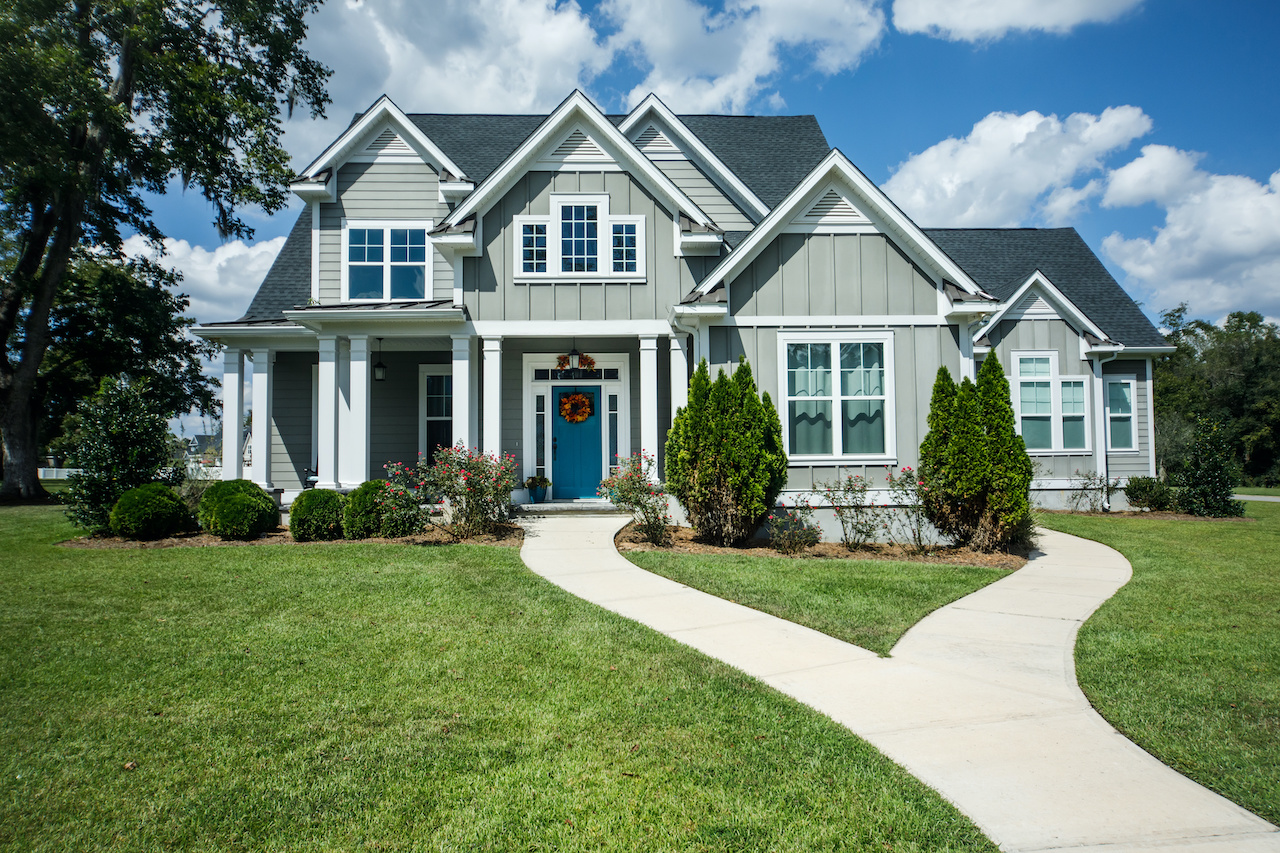
What Steps to Follow to Choose the Right Exterior Paint Color
We here at Mike’s Decorating and Painting know how difficult it is to choose the right exterior paint color. It is, in fact, one of the most difficult decisions a homeowner has to make. Will this color make my home stand out? Will it provide the much-needed curb appeal? Can it raise or lower my home’s property value? All of these are valid questions, and luckily, we are here to answer them.
Listed below are seven steps that will help homeowners pick the best paint color for the exterior of their home. We based this list on years of experience working with hundreds of homes. Without further ado, let’s get to it.
Step 1: Picking the Shade
When we talk about “shade”, we think of the general tone of the paint. Usually, the shade of the home comes in three different categories:
- Light, bright exterior
- Moderate tones and medium shade
- Dark color
You can do a quick search for all of the exterior shade options. Pinterest is a good place to start, as it offers untouched photos of modern homes with exterior colors in full display.
And speaking of exteriors…
Step 2: Exterior Color Inspiration
Sometimes, we might know exactly what color our home needs. But that’s not always the case; maybe beige or mauve just doesn’t work with our neighborhood, or maybe the turquoise clashes with the color of the roof. That’s why we think it’s best to browse for images of various homes in order to inspire oneself and decide on the right color.
Step 3: Roof Color (and Other Accent Colors)
The exterior color choice will also depend on what type of roof the home has. For example, brown and tanned roofs will require dark shades and neutral tones. Roofs with grey or blue shingles offer a lot more choice to the homeowner in terms of colors.
But it doesn’t end with roofs. If a home is a full-brick or a brick/stone combination, we suggest matching the tone of the bricks. In other words, lighter tones for lighter bricks, darker tones for darker stone, and so on. Homes that only have a hint of brick elements can get away with a bigger color palette.
Step 4: Light
Daylight can make any color several shades cooler than it usually is. Therefore, when picking an exterior color, may want to go with one that’s at least twice warmer than the preferred choice.
Step 5: Sampling
Even if we have the perfect colors and shades in mind, we still have to do a lot of sampling. In fact, we suggest you sample a variety of colors at different times of day, just to see how they look in different lighting. It’s a crucial step that can either make or break a home’s property value in the long run.
Step 6: Accent Colors
When we have the main color in mind, the next step is to pick the accompanying accent colors. Picking maybe one or two additional colors and doing one of two things:
- Matching them with the main color in terms of warmth and tone
- Deliberately contrasting them with the main color for added appeal
Step 7: Moderation
Many people want to have as many interesting colors and shades as possible. However, that can lead to the exterior looking like a huge mess. Instead, remember moderation is key. One or two accent colors are more than enough, considering how many elements a home already has. Let’s remember that both the color of the roof, the colors in the front yard, and the shades that come with the environment add to the overall tone of the exterior.
